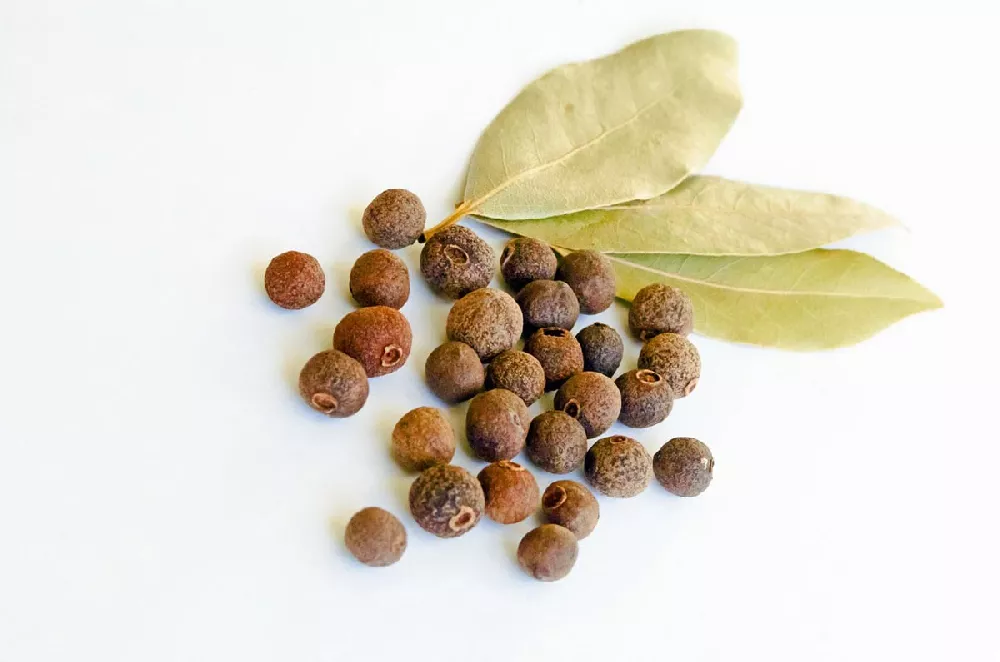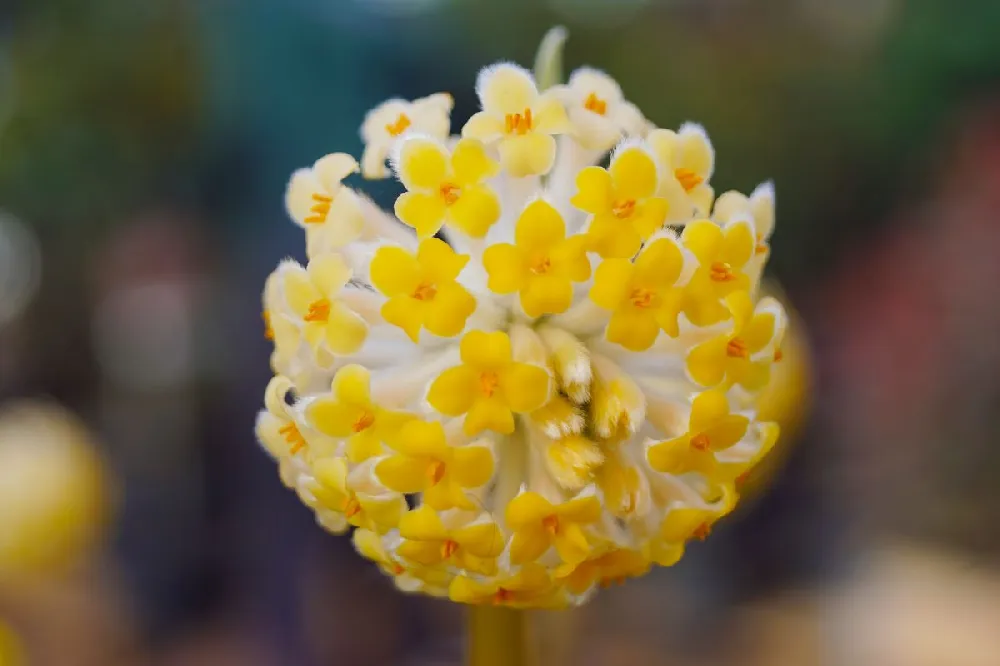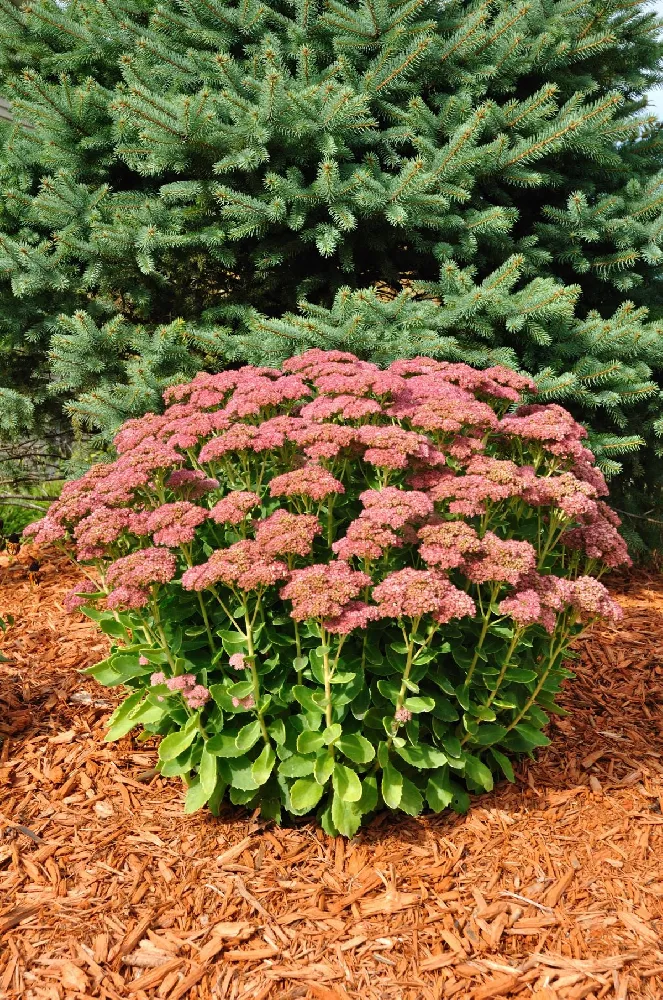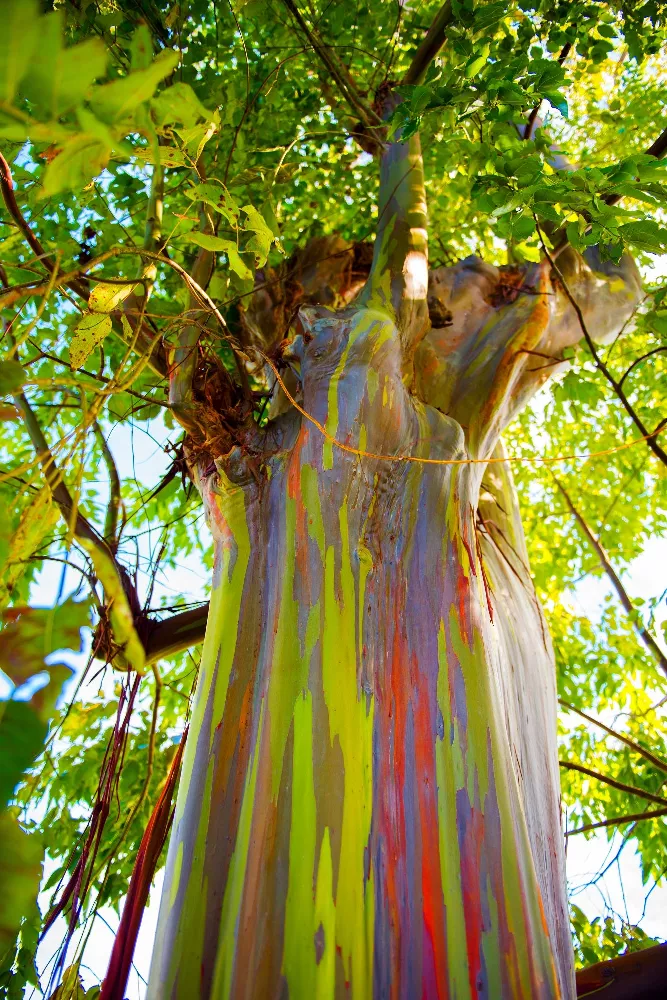- Home >
- Evergreen Trees >
- Allspice Tree
Allspice Tree for Sale - Buying & Growing Guide
- Ships in 1-2 days
- 1-Year Warranty Eligible
- Pots or accessories are not included unless specified in the product options.
Shipping Details:
Products shipped through FastGrowingTrees.com. Once your order is shipped, you’ll receive an email with a tracking number and estimated delivery date. Most orders will ship immediately.
When you think of spice trees, you may think of exotic spice islands like Zanzibar or Madagascar. If that's the case, you might be surprised to find out there's a spice tree that grows throughout much of the continental U.S., either in the ground or in containers. Allspice trees, Pimenta dioica, are attractive, mid-sized evergreens that can produce the small, aromatic allspice berry, which is frequently ground and used as a spice for Caribbean jerk seasoning, mole sauces, and more. Allspice trees can be grown outside in the southern parts of the U.S., but they also excel as pot-grown plantings, adding four-season interest to your home and garden. The allspice tree is an easy-care tree, too, with few natural pests and little disease pressure. Here are a few more reasons to add an allspice tree to your garden:
- The allspice tree bears pretty white compound blossoms throughout the summer months.
- Its leaves and branches can be used when smoking meats.
- Its leathery deep-green leaves and mottled gray-white bark ensure color throughout the year.
Plant Care
Sunlight

The allspice tree needs full sun — six or more hours of direct light a day.
Watering
Once established, water your tree when the soil 2 inches below the surface is dry.
Fertilizing

Fertilize with a balanced, slow-release formula designed for landscape trees and shrubs.
Planting and Care
Planting instructions
If growing outdoors, site your allspice tree in a sunny spot away from overhead utility cables, in soil that drains well. Unpot your sapling and tease out any encircling roots, which can girdle the tree and slowly kill it. Dig a hole that’s as deep as the root ball and twice as wide, and place the tree in the hole. Holding it steady and upright, fill in around the roots with topsoil to which some well-rotted compost or manure has been added. Tamp down as you go to eliminate air pockets. When the hole is half-full of soil, fill it with water, allow it to drain down, then completely fill the hole with soil. Water again thoroughly. Apply a 2- to 3-inch layer of an organic mulch, such as bark chips, to conserve moisture and hinder weed growth.
Watering and nutrients
For the first two weeks after planting, water your allspice tree daily, then reduce watering to twice a week. A mature tree needs about an inch of water a week, either from rain or supplemental watering. Fertilize every six months, in spring and fall, with a balanced, slow-release product that is designed for landscape trees and shrubs.
Pollination
Allspice trees are dioecious, meaning that male and female reproductive organs are on separate trees. That means you will need at least two trees in order to harvest berries, so that cross pollination can occur. Trees bear small green berries when pollinated, which are harvested and dried to create the spice that the tree is named for.
Pruning
Defer any significant pruning of your tree until it is at least 3 years old. At this time, you can prune it lightly during winter to encourage a full canopy. You can also prune out any dead, diseased, or damaged limbs at any time of the year.
Pests and diseases
A few common insect pests may show up on your allspice tree, including aphids, scale insects, whiteflies, and spider mites. Minor infestations can be handled by spraying your plant with a blast of water from the hose, being sure to get the undersides of leaves as well. Insecticidal soap may also be used for heavier infestations. Diseases of the allspice tree include rust, powdery mildew, and bacterial crown gall. The first two are fungal and can be treated with copper fungicide. Crown gall, as the name suggests, is the result of bacterial infection. It rarely causes death, but does result in unsightly growths on the tree. Prune out infected branches as needed.
Harvesting
If you have male and female allspice trees, you may find that the tree’s white flowers are followed by groupings of small green berries. Harvest these by hand while still green and allow them to sit in a warm spot until they turn reddish-brown and hard. They can then be ground for use as a spice.
Achieving maximum results
In much of the U.S. (zones 4 through 8), allspice trees should be grown in containers that can be brought inside when the temperatures reach 20 degrees Fahrenheit or below. A container-grown allspice tree will not reach the 20 to 40 foot height that is the tree’s normal maximum, and the tree’s height can be controlled through pruning to a reasonable size of 5 or 6 feet. Keep in mind that pot-grown plants generally need watering and feeding more often, although avoid letting your allspice tree sit in a puddle, and ensure that the container you plant it in has good drainage holes in the bottom.
FAQs
How can I use allspice berries in cooking?
Where can I grow an allspice tree outdoors?
Allspice trees can be grown outdoors in USDA hardiness zones 9 through 11. That includes most of Florida, parts of Texas and Louisiana, and the southern parts of California and Arizona. Generally, it is hardy down to 20 degrees Fahrenheit, though it's recommended that you bring your tree inside if your temperatures are going below 30 degrees.
How big does an allspice tree get?
The mature height of an Allspice Tree grown outdoors is 20 to 40 feet, with a width of 15 to 25 feet. Because of this, it should not be planted too close to buildings or driveways. A container-grown allspice tree will be constrained by the size of the pot and will probably be limited to 5 or 6 feet in height.
Compare Similar Products
You can't add more Product Name - Product size to the cart.
OK









